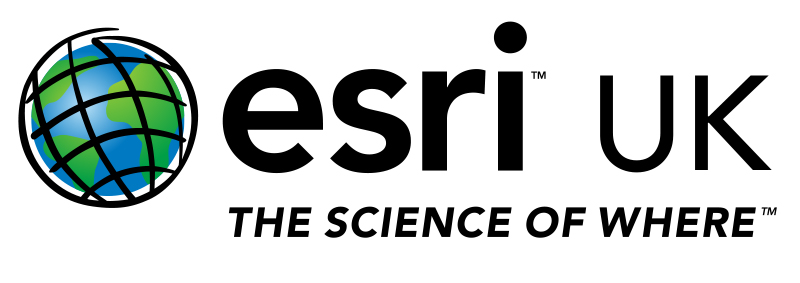Smallcells - planning high capacity wireless networks
/In 2016, telco executives will be faced with a number of challenges. These include:
The consolidation of systems and resources for those organisations merging with others (BT/EE and Three/O2)
A shift in digital revenue sources, with the introduction of the Internet of Things (IoT) and Quadplay (combined mobile, fixed phone, broadband and TV services)
Changes in digital usage patterns, as subscribers demand real-time information at their fingertips and
Fixed and mobile network convergence and evolution of interrelated platforms.
These challenges impact telecommunication networks and in particular the speed of the network as operators seek to find new ways to surprise and delight their customers.
Small cells and Wi-Fi hotspots deliver wireless connectivity with greater network capacity, providing users with a smooth experience when watching films or streaming music, social media content and videos. Faster data speeds helps to improve customer satisfaction, which has a knock-on effect to the operator's Net Promoter Score (NPS), Average Revenue Per User (ARPU) and subscriber loyalty. In addition, in a connected world, as more and more devices become connected within a closer proximity, high capacity networks reduce the chance of network congestion.
So where do telecommunication network operators locate these Wi-Fi or smallcell networks? How do they familiarise themselves with specific locations and evaluate how appropriate those locations are for network assets? In addition, how do they maximise the return on investment (ROI) made in new infrastructure?
Esri, the world leader in mapping intelligence and spatial analytics, provide solutions that help deliver insight into where demand is required (now and into the future) by delivering spatial analysis across the UK.
Esri's unique data layer analysis delivers valuable insight as operators seek to understand relationships and patterns between their existing network infrastructure, partner networks, demographic data, points of interest (transport hubs, hospitals etc), subscribers home/work locations and highly populated pedestrian areas, in order to deliver the best possible out-of-the-home (OOTH) experience. By analysing through all these data layers network operators gain rich intelligence, knowledge and wisdom about subscriber behaviour and the optimum location for smallcell deployment.
Esri technology also provides further operational efficiencies, as its digital physical environment capabilities, for example Esri Streetmap and Esri Earth (plus Reality Lens in partnership with Here) deliver operators with the digital tools to view towns and cities infrastructure, allowing evaluation of the suitability of street furniture for small cell deployment. This removes the need for multiple site visits and in turn has a positive impacts on the size of the field teams/ vehicles required and on fuel costs. Esri’s solutions also offer capabilities to view rooftop building structure for Line of Sight (LOS) as wireless connectivity becomes more prevalent.
Once field staff are deployed, Esri’s native mobile apps, including Collector, provide additional value, capturing detailed coordinate information as well as other asset information like photographs. This information is sent back in near real-time to the centralised teams, improving communications and decision making.
By combining these capabilities operators can gain greater insight and intelligence into the planning of high capacity networks. In addition, they can create operational efficiencies via Esri's field deployment tools, ultimately delivering an exceptional ROI overall. For more information call Richard Stevenson, Business Manager at Esri UK on 01296 745500.


